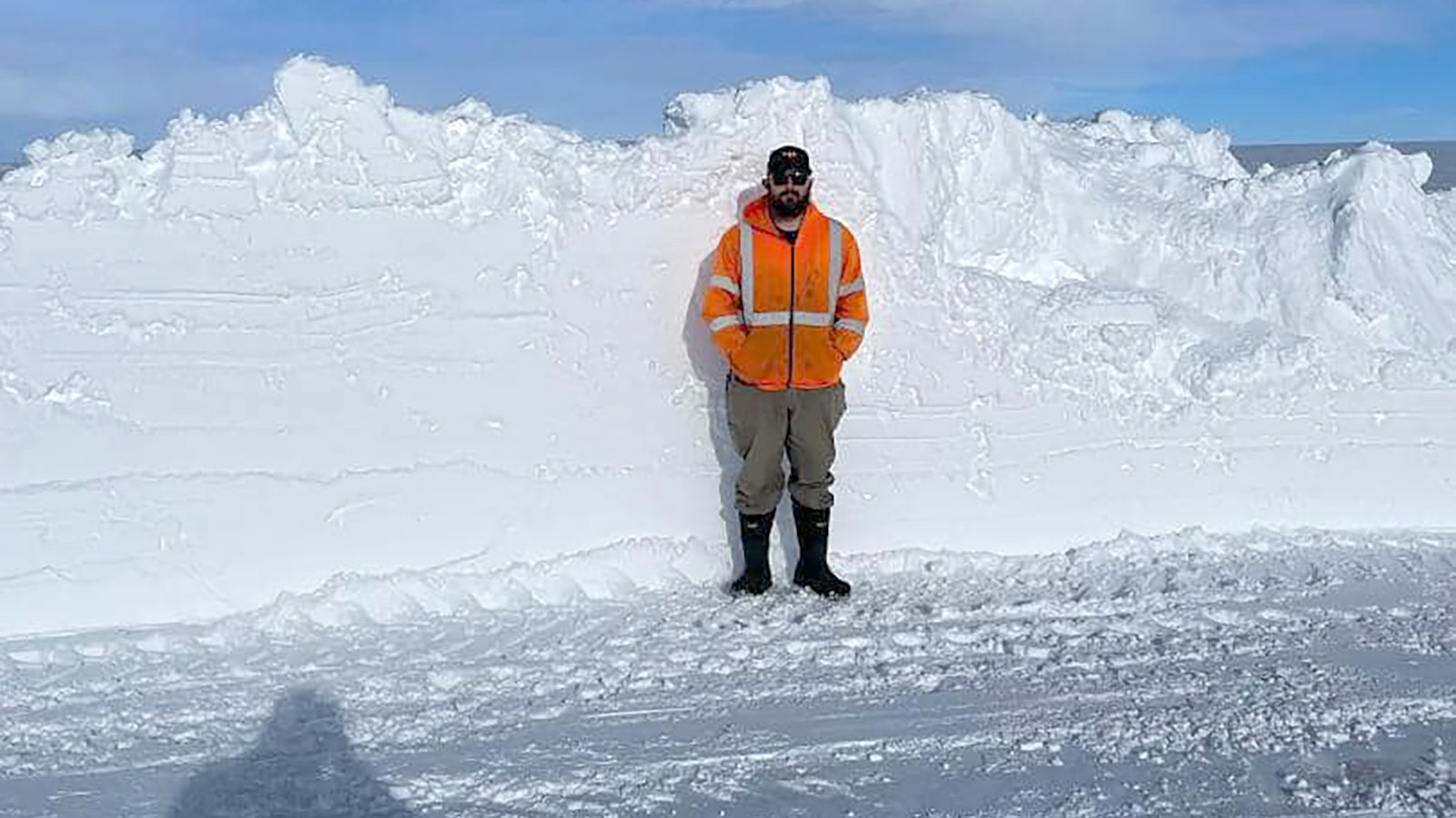Compared to the rest of the country, Wyoming stands out for a lot of reasons. It was the very first state to allow women to vote, is the least populated of all 50 states, and this past winter the Cowboy State set more weather-related records than anywhere else in the nation.
Riverton was ground zero for the most consistently wet winter weather pattern the southcentral Wyoming town has ever experienced.
“The storm track for most of the winter was just online to bring the conditions right for getting snow across the area, whether you're talking about 130 inches in Casper or 90-plus inches here in Riverton,” said Brett McDonald, forecaster with the National Weather Service office in Riverton. “The way that the storms developed through the winter just made it really good to bring consistent snowfall to the area.”

Record-Setting Graphic
The NWS put together an infographic that shows the number of record-setting events reported by offices around the country, said Cheyenne meteorologist Mike Natoli.
“Each one of those snowflakes is a different city that records snowfall, and the size of the snowflake is the number of daily records that were set over the last winter,” said Natoli. “For example, if we had a snow event on say, Jan. 15, and it snowed more on this Jan. 15 than any Jan. 15 in the past, we would issue a daily Record Event Report for that.”
The map shows that Riverton’s office was the only agency in the United States that reported more than 10record-setting days from October 2022 through May 2023.
Individual Records
McDonald said while there were a couple of storms that dropped large amounts of snow at once this winter, what made the difference in Riverton was the frequent moderate snowfalls across the Wind River Basin.
“When those all add up through time, then you end up with a record snowfall year in terms of the total,” said McDonald. “And you can also end up with a lot of daily records being set.”
In mid-April, the National Weather Service reported that Riverton’s total accumulated snowfall had reached 92.6 inches, breaking a record that had stood for more than 100 years.
“The previous record was an even 92 inches,” McDonald said, “and that was the winter of 1919-1920.”
Less than two weeks prior on April 9, the city broke a 151-day streak of temperatures not climbing above 50 degrees, which topped the previous record of 128 days set in 2001.
Short History
McDonald pointed out that one possibility as to why so many daily records had been smashed during the winter of 2022-23 could simply be that previous records were fairly low. After all, he said, the city has only been keeping records for just over a century.
“We think that our period of record of 100-plus years is pretty impressive,” said McDonald, “but really looking at things, who knows what happened in this part of the country through the whole 1800s?”





